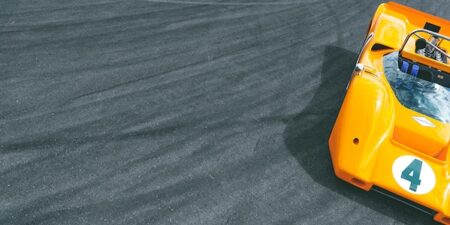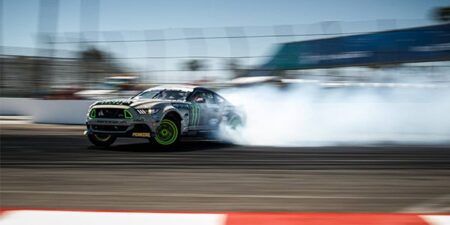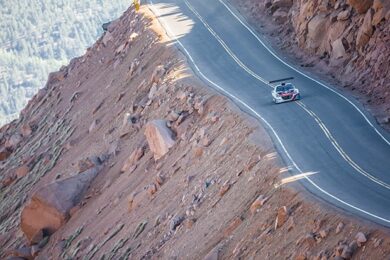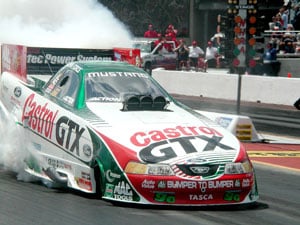
Motor Sport's top images of 2017: part 1
Motor Sport staff photographer Lyndon McNeil picks a gallery of his own top 15 images of 2017 Motor Sport's top images of 2017: part 2 Related: Gallery: JPS BMW 635
TV car shows have a type: buy a shed and call it a barn find, find out it’s worse than it looked on the outside, fix it up, and do it all again next week. Or there’s Top Gear Mk2 and the Artist Formerly Known As Top Gear.
Marc Priestly, he of McLaren-engineer-turned-TV-personality fame, has something much more left-field on Discovery tonight and for the next six weeks: Driving Wild, “taking his F1 know-how to some of the most extraordinary amateur motorsports on the planet.”
Some statement.
The show is a world away from the grassroots motor racing filling grids up and down the country. Although episode one does feature that staple of clubbies: the BMW E30.

They’re going round and round in circles, too, but performing donuts in a pen in South Africa rather than lapping Castle Combe.
“It was a conscious decision to go further afield,” Priestly says, “to find motor sport with a unique culture behind it. It’s not just about the engineering – it covers the travel, the motor sport culture, how it came about and how it had become so big.
“The vehicles in the show do things they really shouldn’t, like bouncing 1950s classic American low-riders, or racing down a Thai river at 90mph on little more than a plank of wood. “
Driving Wild is a truly global adventure, with low-riders in Mexico, tractor-pulling in England, Saabs in Sweden and drag-racing in Cuba. Tying the whole show together is the inescapable love of motor sport, or more the quest to win through engineering ingenuity.
“I first wanted to work in F1 because I was watching six-wheeled cars, the fan cars, the difference and creativity in design. Now in F1 it is all very similar because the regulations are too tight. Here there were no restrictions, it was all about the creativity.
“We were in really poor areas where they really had to make the best of what they had. Some of it was fascinating. A guy in Sweden working on rally cars had come up with a machine to manufacture and regrind camshafts, something that would be expensive to go and buy. He’d created this from bits lying around his workshop, almost like an old key-cutting machine.
“He put the performance camshaft in one end, his road-car one the other and would grind them to match. This is just something he’d knocked up out of an old drill and had the extraction hood of his old cooker. I was just bowled over by the ways people had made the most of what they had to create some high-performance parts.”

The technology used in and out of the cars inevitably means the biggest challenge for Priestly is to ensure no one is left behind. A budding career on Sky Sports covering F1, and ITV covering Formula E, means he’s been able to hone those skills before embarking on his own show and they’ve also left him noticeably comfortable in front of the camera.
“Making it accessible was a big part of it, but some of the engineering was pushing them to the limit; it was complex. We have great graphics that also go a long way to help with that.”
He may have won world championships with McLaren, but the debut of his very own TV show may be the biggest challenge of his career so far.
“It’s been year and a half in the making and has been an awful lot of fun. It was a dream come true for me and I’m looking forward to people seeing it, but I can’t deny I’m nervous.”

Motor Sport staff photographer Lyndon McNeil picks a gallery of his own top 15 images of 2017 Motor Sport's top images of 2017: part 2 Related: Gallery: JPS BMW 635

Drifting is about to get serious – and caution may be needed in a very different sense The art of oversteer is very apparent in historic racing, but it’s something we…

“Whatever you do,” Bobby Rahal warned me, “do not immediately try to play the big hero, by which I mean don’t go and stand right behind the cars when they…

This is to salute John Force, who made what is surely this year’s greatest motor racing comeback. Force has been the king of NHRA Funny Car racing for 20 years…